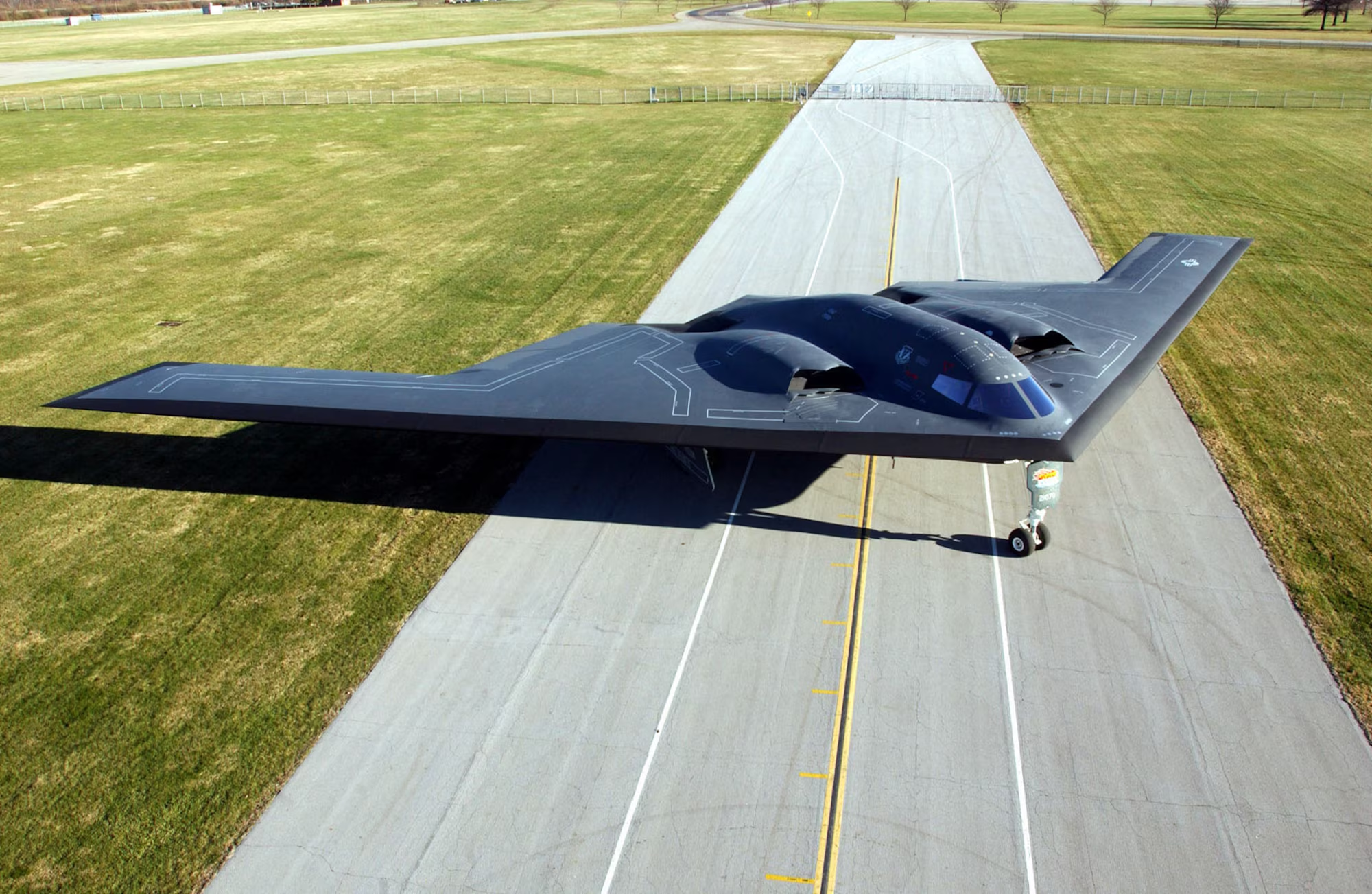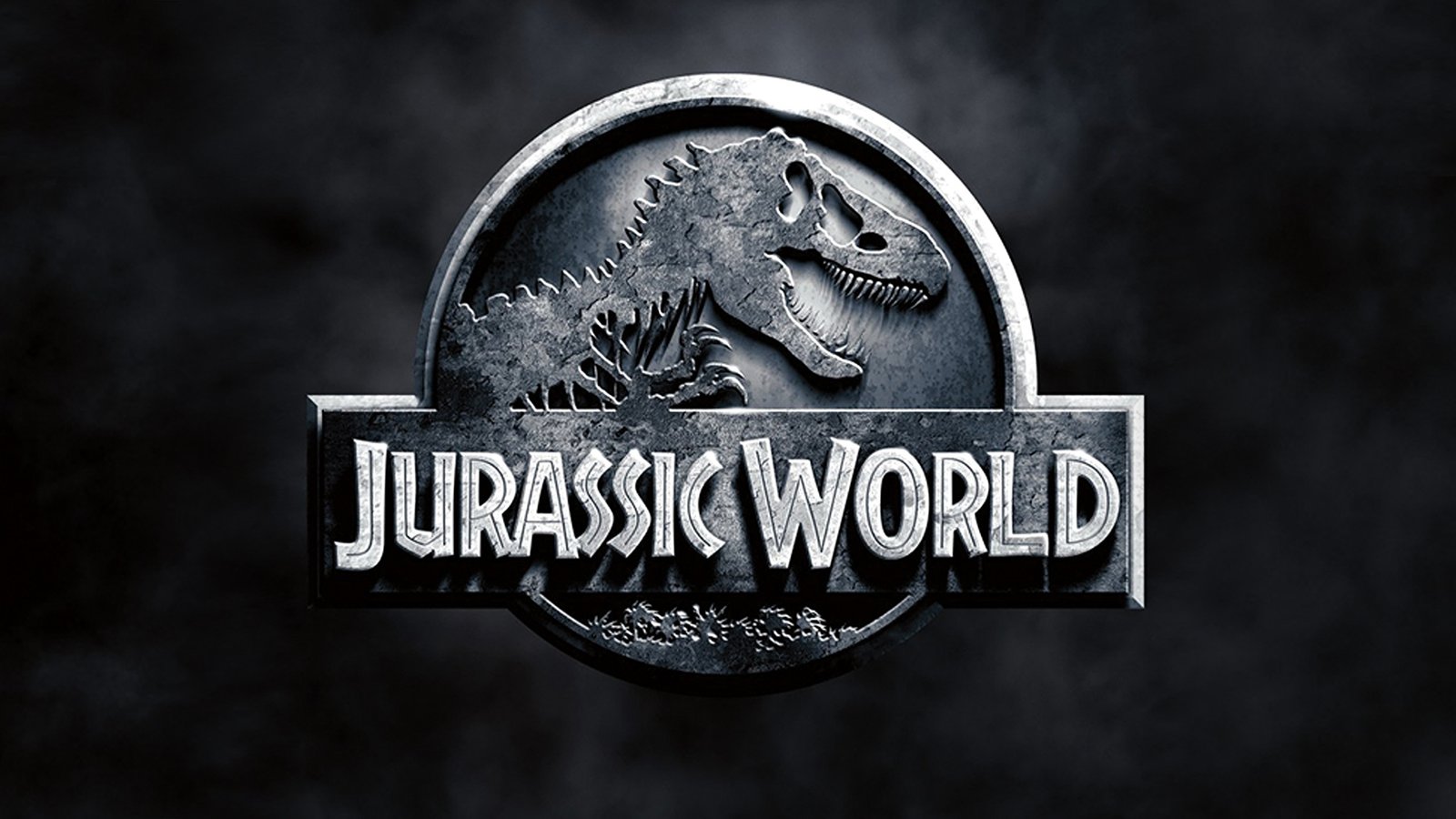Embracing a Platform-Agnostic Approach
Microsoft has recently made headlines with its bold approach to gaming, emphasizing the ability to play Xbox games across various devices, not just traditional consoles. As part of their latest holiday marketing campaign, Microsoft introduced the concept of gaming without a console. Their slogan, “This is an Xbox,” highlights alternative gaming platforms like laptops, smartphones, and VR headsets. This strategy underscores their commitment to the “play anywhere” philosophy, despite their continued dedication to developing new Xbox consoles in the future.
Commitment to New Hardware
Phil Spencer, the CEO of Microsoft Gaming, shared insights in an interview with Rolling Stone, confirming the company’s ongoing commitment to hardware development. He reassured fans that more consoles and devices are on the horizon, addressing concerns that arose after the announcement of a PlayStation 5 (PS5) port for the Xbox-exclusive game, “Indiana Jones and the Great Circle,” set to release in the spring following its Xbox debut.
A Future Without Console Boundaries

This multiplatform strategy has sparked discussions about the future of Xbox, especially when Spencer mentioned the absence of a “red line” in sharing first-party games with rival consoles, including the upcoming Halo game. This openness has led some to question the platform’s future direction, but Spencer’s comments suggest a broader vision for reaching new audiences.
Why Microsoft Skipped the Mid-Cycle Refresh
In contrast to Sony’s recent release of the $700 PS5 Pro—an enhanced version of its console—Microsoft has chosen not to pursue a mid-generation upgrade for the Xbox Series X. Spencer explained that the incremental improvements did not justify a new release, as the focus for Microsoft remains on creating unique value for players and developers on their platform. He emphasized the shift from previous console generations where significant leaps in technology, such as the transition from standard definition to high definition, were more apparent. Today, the advantages of new hardware are less noticeable onscreen.
Future-Proofing Gaming with Technology
Spencer also highlighted the limitations of expensive consoles in expanding the gaming market. He believes that the future growth of the gaming industry will not be driven by high-cost hardware but through accessible and innovative technology like machine learning, generative AI, and cloud computing.
Redefining the Gaming Landscape
The debate around the PS5 Pro has been intense, with critics questioning whether the modest enhancements in resolution and frame rate justify its high cost, especially given environmental factors like screen distance and daytime glare that can diminish these improvements. In response, Microsoft is positioning itself as a leader in affordable and accessible gaming technology, potentially paving the way for the “largest technical leap” in console gaming, as teased by Xbox president Sarah Bond.
Microsoft’s strategic pivot away from competing directly with high-priced, mid-cycle console refreshes like the PS5 Pro and towards a more inclusive and innovative approach could redefine the gaming landscape. By leveraging advanced technologies and broadening the definition of Xbox beyond traditional consoles, Microsoft aims to attract a wider audience and foster a more inclusive gaming environment.
This approach not only challenges conventional hardware cycles but also reflects a significant shift in how companies are adapting to the evolving demands of gamers around the world. As the gaming industry continues to expand and diversify, Microsoft’s focus on cross-platform play and technological innovation is setting a new standard for what it means to be a gaming console in today’s digital age.












